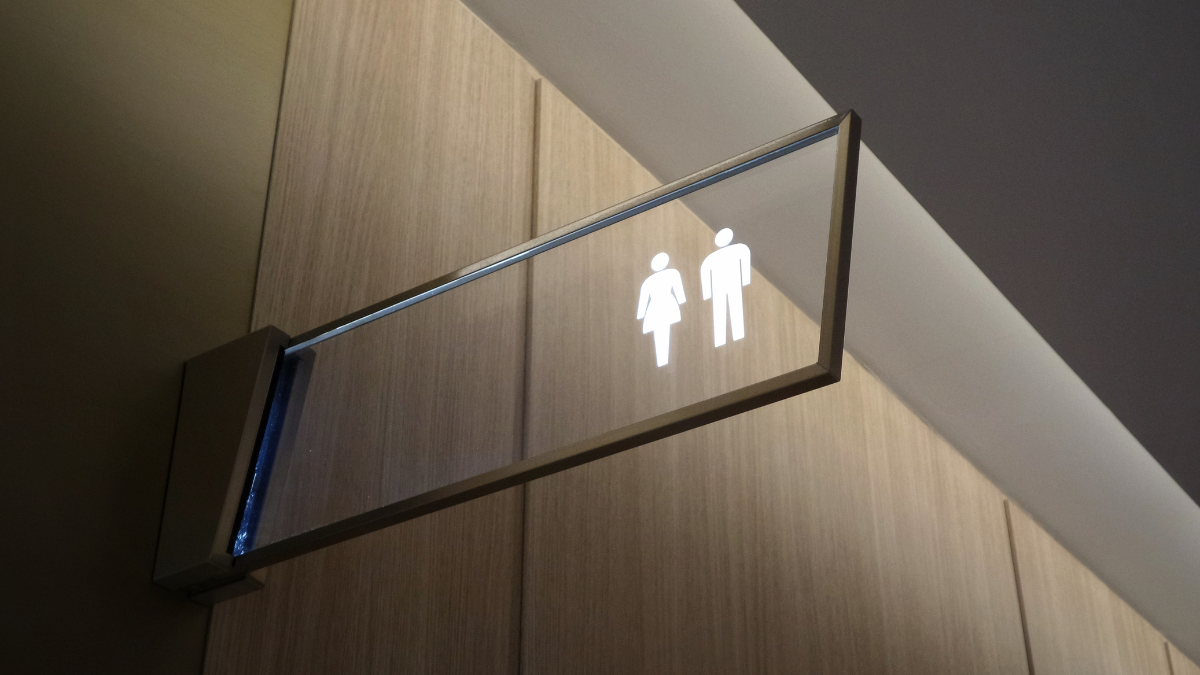

Did Ancient Cultures Believe in a “Third Gender”?
Bygone and rare references to third genders don’t mean we should sweepingly adopt the concept as capital-T Truth.
11/13/23
John Stonestreet Maria Baer

An argument cited often by propagators of transgender ideology is that ancient cultures across the world recognized so-called “third genders,” those who did not fit neatly in categories of male or female. If they recognized this, the argument goes, then so should we.
The latest video in the What Would You Say? series engages this claim carefully, refuting it with three simple points. It begins by explaining the roots of the argument:
According to advocates of transgender ideology, because so many ancient cultures recognized “third” genders, we should reject the “gender binary,” the idea that only two genders exist, and we should reject the notion that gender is essentially linked to one’s biological sex. …
Among the most cited examples of “third genders” are the Native American “Two-spirit,” Thailand’s “Kathoey” (a word regularly translated as “Ladyboy”), the “Sal-zikrum” of Ancient Middle East, the “Fa’afafine” of Samoa, the “Hijra” of India, and the “Muxe” of Southern Mexico.
If a handful of people throughout all human history and culture are proof that biological sex is fake, what do we make of the fact that the rest of the world throughout all human history and culture knew that biological sex was real? To suggest these cultures’ understanding of “gender” bore any resemblance to today’s transgenderism is to impose our culture’s categories on theirs. I believe the term for this is “cultural appropriation.”
The label “third gender” is an anachronism forced upon people who actually presumed the reality of biological sex, gender roles, and the so-called “gender binary.” For example, the word “Fa’afafine,” used in Samoan culture, means “in the manner of women.” In Samoan culture, a Fa’afafine was chosen by his family at a young age to help his mother with household tasks, often because the family had no daughters. This boy was not considered a wife or mother but was assigned responsibilities often performed by women.
In other words, the Samoans and similar cultures have never claimed that young boys who might perform stereotypically “female” duties at home are actually female.
But even if that were their claim, it leaves open the central question Matt Walsh dedicated an entire documentary to asking: What is a woman? That unanswered question is at the heart of a modern contradiction.
Like these so-called “third genders,” modern transgender ideology also relies on the “gender binary” that it claims to reject.
At its root, the modern concept that someone can be “transgender” or “born into the wrong body,” depends heavily on rigid male and female stereotypes. If a little girl likes trucks or short hair or dislikes dresses, she must be a boy. If a boy likes pink or dressing up or playing house, he is really a girl. In other words, transgender ideology contradicts itself, promoting the very male and female stereotypes it claims to overcome.
Incoherence aside, capital-T Truth exists, regardless of which people-groups throughout history believed in it. So, even if ancient cultures did believe modern ideas about women, gender, or sex, that does not make their ideas any more true or any less absurd.
Ancient cultures didn’t always get it right. While some ancient cultures allowed or even expected some men to act like women, and vice-versa, many others didn’t. To assume that only those cultures got it right is to make what is known as the “noble savage” mistake. Imagine someone suggesting that because some cultures allowed slavery or cannibalism, we should too. That would be outrageous!
A Christian worldview is big enough to handle the biological realities of male and female, while also allowing for and celebrating the beautiful variety of individual men and women.
While the roles of males and females look different from one culture to the next, the biological reality that humans are male and female does not. That’s been obvious in every culture until ours, and Genesis tells us why:
Because “God created man in his own image, in the image of God He created him. Male and female He created them.”
To see this video and others like it, and to use them in classes or conversation, go to whatwouldyousay.org.
This Breakpoint was co-authored by Maria Baer. For more resources to live like a Christian in this cultural moment, go to breakpoint.org.
Have a Follow-up Question?
Up
Next

Related Content

© Copyright 2020, All Rights Reserved.













